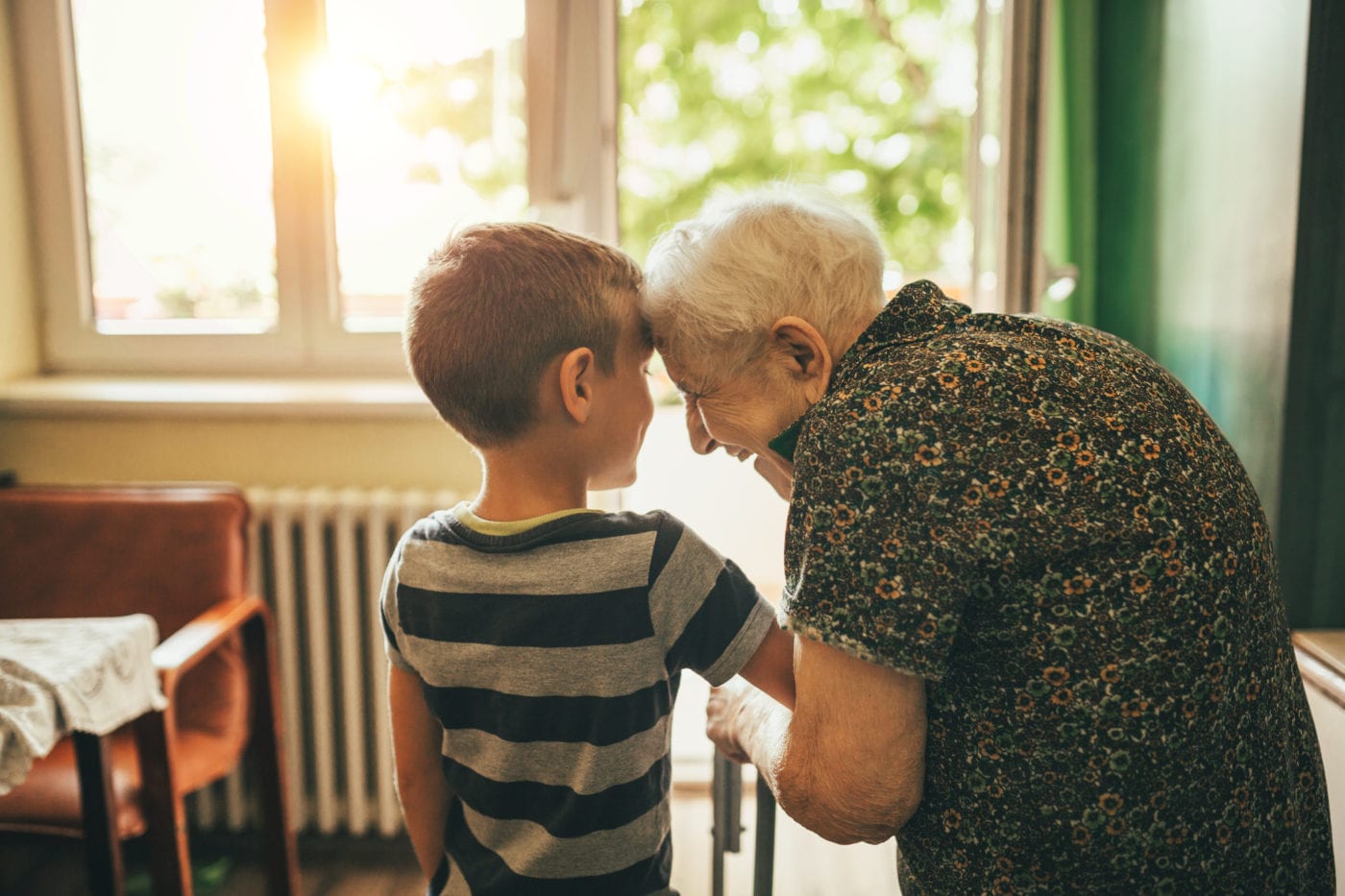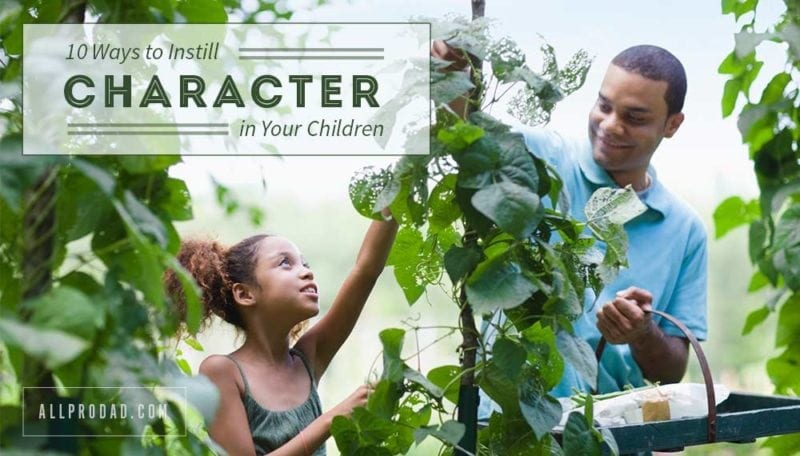If we’ve heard it once, we’ve heard it a thousand times. It goes like this: Today’s young people just don’t have any manners. When I was young, children were more mannerly. A little respect could go a long way. Good manners for kids are not automatic nor do they develop without some deliberate teaching and modeling by the adults. It’s our responsibility to “train children in the way they should go,” as the proverb suggests.
Here’s the payoff: Once learned, good manners make everyone’s life more pleasant. For an added bonus: If your kids have well-practiced manners, they’re going to get hired first when it’s time to go to work, and they’ll likely be more successful on the job. Societies that function on a high level are called civilizations for a reason; civility is a prerequisite. Likewise, families that learn to practice good manners don’t only function smoothly on the outside, they experience more positives and reduced conflict internally. It’s a direct result of practiced civility.
So let’s talk about 10 good manners for kids to know:
1. Put others first.
This could be the only point we need to make because it’s at the root of all the others. This principle is manifest in holding doors, stepping aside, offering the last cookie, giving up your seat, changing a tire, carrying groceries, and offering a hand.
2. Polite phone protocol.
This item could have its own list. Turn the phone off during meals, movies, classes, and conversations. This includes texting. Bottom line: Give 100% attention to the people you are physically with. Your phone has a voice mail feature, use it.
3. Thank you note.
There are two kinds of people in this world: those who write thank you notes for gifts or special occasions and those who don’t. Teach your kids to write thank you notes and they will have understood a fundamental concept. Nothing elaborate is necessary, but the effect is always memorable.
4. Open the door for others.
Contrary to popular myth, this is not a chauvinistic practice. Doorholders open for their peers, their mothers, their dads, and strangers. They also yield the sidewalk and hold the elevator. There’s no stopping them. Good manners always say, “After you.”
5. Use thank you and you’re welcome routinely in conversation.
Simple but powerful. Help the kids make it a habit. This is one you need to model at your end.
6. Shake hands and make eye contact.
Teach kids to shake hands, to make eye contact, and to offer a word of welcome when they meet new people or when others visit the home. It may be a cliché to say first impressions make a big impact, but it’s a cliché because it’s true.
7. Teach them to offer to serve people who enter your home.
Make it routine. May I take your coat? Would you like a glass of water? Let me take your bags. People who visit are our guests. This is a key lesson, no matter what a child’s age.
8. Stand up when an elder enters the room.
Many adults have forgotten this gem. It’s a sign of respect no matter what our age. Grandparents. Aunts and uncles. Teachers. Any visitor to the home. Teach children to stand as a sign of respect.
9. Be polite to people who serve.
This means make eye contact and turn your phone off when talking to the cashier at the fast food restaurant or at the grocery store. It means being respectful to the server at the restaurant. It means saying thank you when you’re given food or change. Try thanking the bus driver for the ride home or a soldier for serving our country.
10. Practice manners at family mealtimes.
Family dinners can be a perfect venue for manners. Demonstrate, practice, model, question, prompt. No TV, no phones, and no distractions from polite interaction. Please pass the potatoes. Thanks. Can I get that for you? Mom, can I pour you a glass of water? The family unit is the most important venue to learn social graces and family mealtimes are maybe our best opportunity.











Huddle up with your kids and teach them at least one thing on this list.